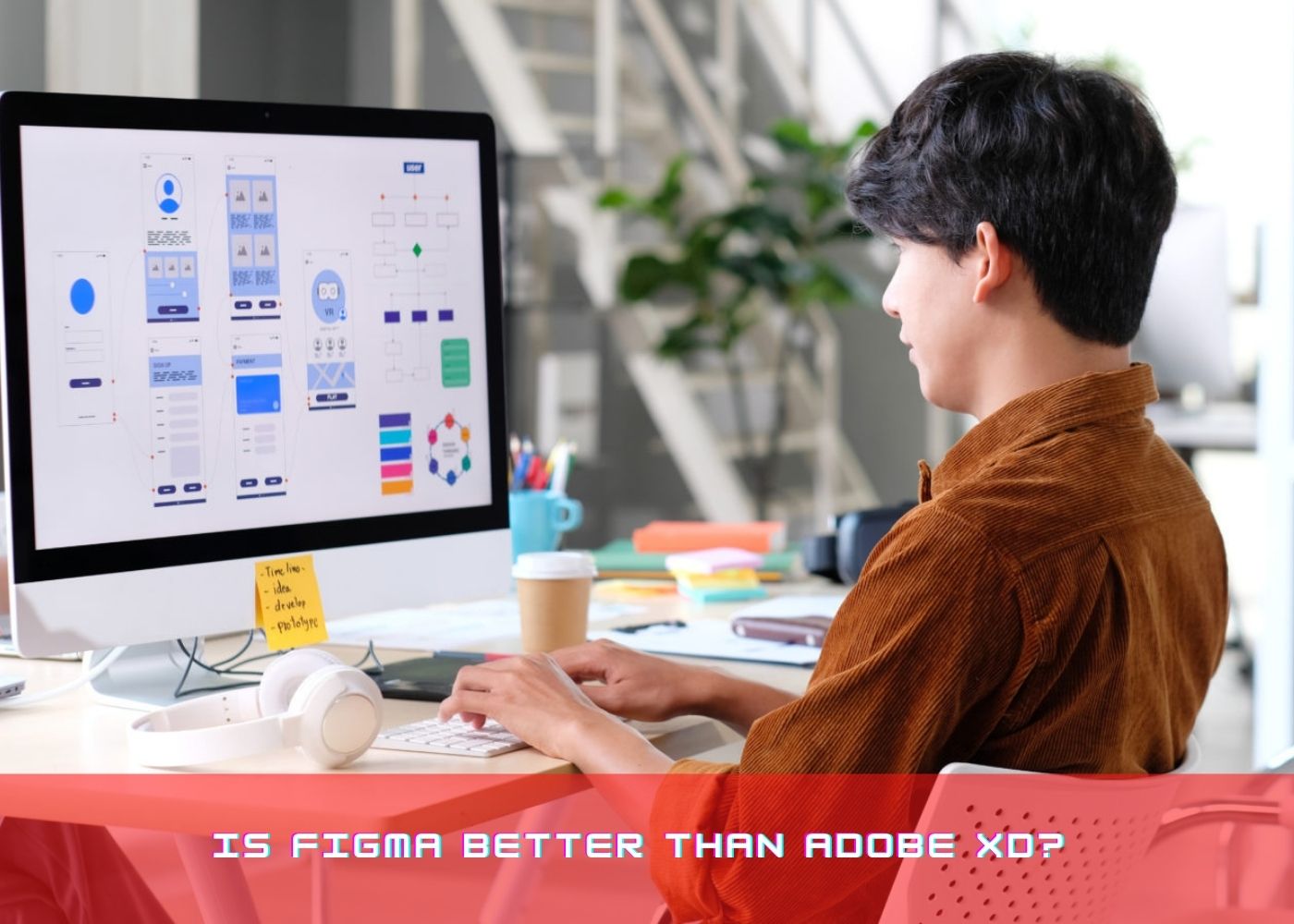
There are three categories of content on a website: primary, secondary, and navigation. To put it simply, the main content is that which is specifically related to the page it is on. This is where you put the details you want your visitors to see when they land on that tab. Secondary material is what you'll find in the side columns. It is usually made up of links to related stories, CTAs, tags, and so on. The navigation is self-explanatory; it is the content that viewers use to navigate. It is important that audiences can tell the difference between various types of content from the first second.
A good typography system promotes consistency between pages
If you keep these elements consistent in all of your website's pages, your visitors will be able to tell where your navigation is, what your main content is, and what your secondary content is, regardless of which page they are on. Your viewers can understand your content, how it is organized, and how to work through it with ease.
What Font Styles Do Readers Prefer?
- The most common typefaces were Verdana, Arial, and Comic Sans.
- The most common sizes were 10-point, 12-point, and 14-point.
- Text in Times New Roman and Arial were read the fastest.
- The most readable typefaces were Arial and Courier.
- The typeface Comic Sans was the most difficult to read.
- In a 10-point scale, Verdana was favored.
- In a 12-point scale, Arial was preferred.
- In a 14-point size, Comic Sans was favored.
These findings can give you a clear understanding of how your readers respond to different fonts. Of course, this does not imply that these are the right choices for you. There are also some inconsistencies among the findings. For example, Comic Sans is one of the most popular typefaces, but it is also one of the most difficult to read. This is why there is a difference between what readers want and what you can use. Although some readers may be drawn to unique fonts (such as Comic Sans), legibility, and readability are often sacrificed when using a unique font.
Typeface Selection
Your content's message comes first and foremost. While you may think that using a unique font would help draw attention to your content, it can also overshadow it. As a result, you should avoid using typefaces with a lot of swirls and curves. One trick you might try is to look for a typeface with big counters. Counters are parts of the letters that are either completely or partially closed, such as the letters "O" or "e." This will help to make the text look less crowded and will improve legibility.
Combining Typefaces
When it comes to fonts, don't go overboard. The importance of consistency in readability cannot be overstated. You may, however, combine two separate typefaces. You can, for example, use a different typeface for your title and headers than you do for your body text. When combining two separate typefaces, make sure they aren't too similar.
Choosing the Right Font Size
Consider the target audience when it comes to scaling. If you're targeting an older audience, chances are their eyesight isn't as strong (this isn't a generalization – everyone's eyesight deteriorates over time), so a bigger font would be a safer option. As you can see, the fonts you use for your content have a significant impact on your website's results. By failing to use the correct font, you risk not only alienating readers (and potentially losing possible leads), but also failing to convey the message of your content.
Fonts do have an effect on the readability of your content. As a result, you should determine which types of fonts are best for use in content and understand why. This will keep your readers from abandoning your material. Instead, you will gain more readers. People can appreciate not only your content but also the way you handle it with good readability.




















Comments (1)
Diana
Jul 09, 2025
Es una herramienta muy útil para diseños originales; el generador de fuentes estéticas de Creative Fabrica destaca por su facilidad de uso. Ideal para redes sociales, este generador mejora cualquier texto.
Write a Comment